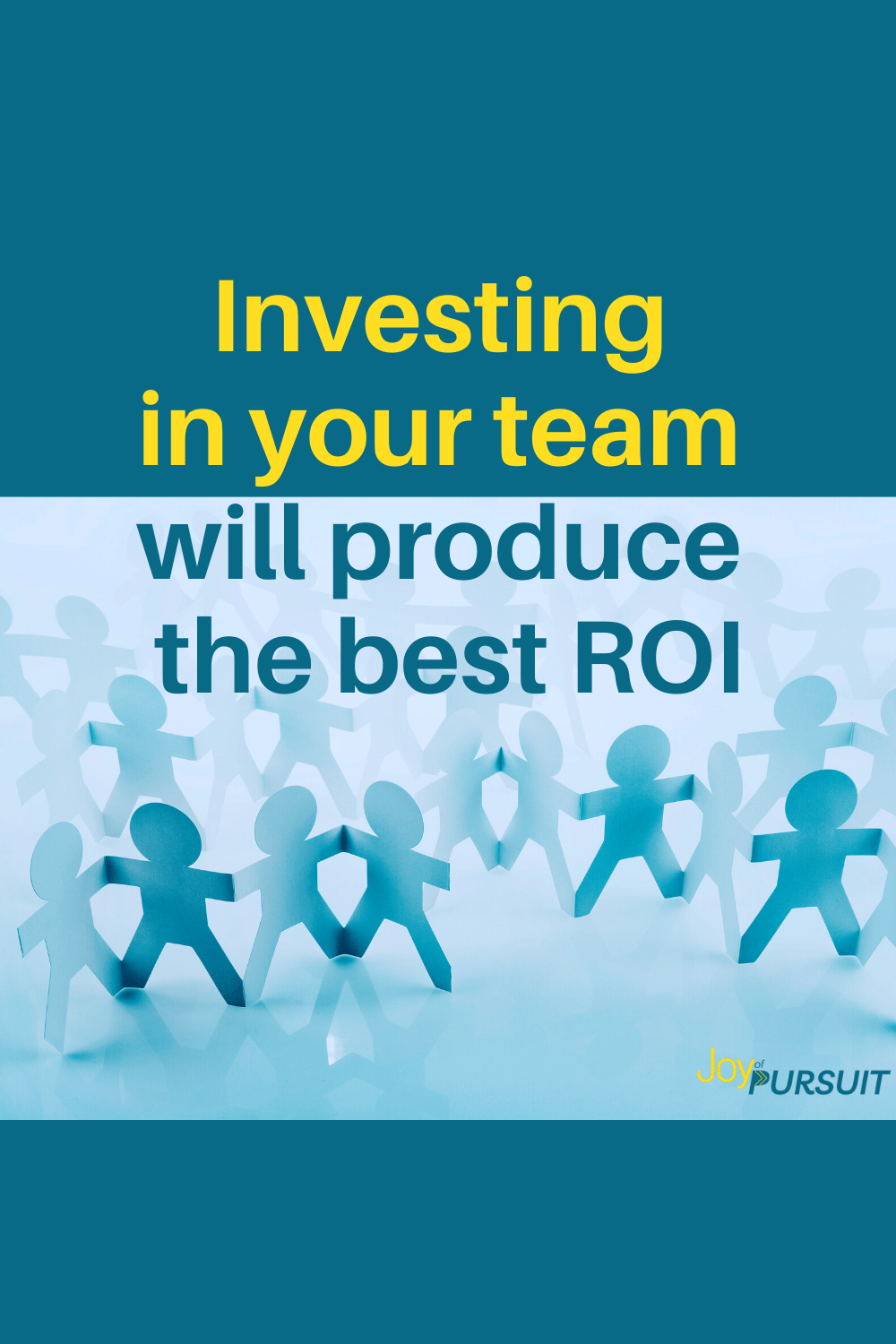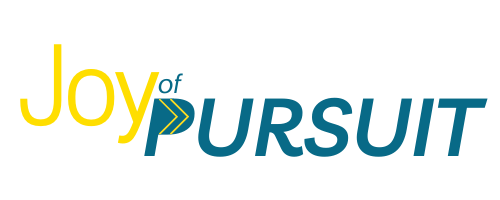
Maximize Growth Potential with Remote Hiring
Harnessing the power of remote hiring can help your company maximize growth potential and cost savings with the right strategies in place. But before jumping in, you need to determine if this is the right choice for your company.

Set Goals for Onboarding Success
Are you struggling with onboarding new hires efficiently and effectively? You’re not alone – onboarding is complex, time-consuming, and can often feel like a burden. However, with the right strategy in place, you can create a successful onboarding process that allows new hires to thrive in their new role and develop the skills needed to achieve their goals.

Do You Know the 4 Biggest Onboarding Misconceptions?
Are you aware of the misconceptions surrounding onboarding? These common misconceptions can prevent new employees from reaching their full potential. Identifying these and striving to create an effective onboarding experience is key to ensuring new team members are set up for success within the business.

The Essential Guide: How to Create a Mentor/Mentee Program at Your Company
Invest in your people and unlock the success that comes with a mentor program. These programs create an environment of collaboration, which can improve productivity, performance, morale, job satisfaction, and retention—all contributing to business success. Create relationships between generations of employees and watch your business reap the benefits.

Onboarding Success: 5 Key Benefits of Mentorship
Ensure a successful onboarding experience and increased employee retention with mentor-mentee relationships. Leverage the skill sets and experiences of mentors and let them guide your new hires to achieve job goals quickly and successfully. Don't miss out on the 5 key benefits of mentoring!

Increase Engagement & Innovation: Fostering A Collaborative Workplace
Collaboration is key when it comes to success in the workplace. It’s more than just encouraging team members to work together—great leaders know how to guide their teams to collaborate effectively. Here are three essential steps for creating a collaborative environment.

Successful Leadership: The Unbeatable Power of Working “On” vs. 'Working “In”
As a leader, it's essential to make time to work on the business rather than in it. This deeply focused work requires strategic, long-term thinking and planning, and is key to leading an effective organization. Without it, you'll be stuck in the cycle of reactive leadership.

HR Is More Than A Department
HR is much more than an administrative department. Now is the time for business leaders to acknowledge the importance of HR in all business aspects. In this article, Amanda Painter shares four ways HR can be a part of your company’s overall strategic development.

4 Reasons to Include Pay in Your Job Description
New legislation in some places is requiring businesses to disclose pay information in job listings. We have four reasons why doing this anyway is smart business practice. Sharing salary information can improve your recruiting efforts and make your hiring process more efficient.

Recruiting the Right People
How do you recruit the right people to execute your vision?
A well-thought-out job description is critical to successful recruitment. This is the first step of communication with your new employee.
Use your Core Components consistently as a hiring tool, and you will notice a difference.

Holiday-itis is real. We’ve got the cure!
It’s that time of year and Holiday-itis is running rampant.
As we countdown to the holidays, work motivation may be hard to find. Finishing the year with happy employees will set your team up for success in the new year. The effort you put towards your team this time of year is impactful and a direct reflection of your company culture. Here are some strategies to finish the year strong.

Winning in the Marketplace Starts with 3 Foundational Items
To win in the marketplace you must first win in the workplace. —Doug Conant
How do we win in the workplace? Is it a grand vision? Impressive business plan? Top-of-the-line technology? Innovative products?
Here are three foundational items your business needs to have in place first.

Who should handle HR?
Is your business part of the 62% without a dedicated HR employee?
HR is a critical component of any company, regardless of size. Dedicate the resources (time, energy, and money) to educate yourself and your team on all the components of the employee journey and how to manage these well. Here are some tips to get you started.

Investing in your team will produce the best ROI
Having a great culture doesn’t just happen by saying you will invest in your team. It takes effort, time, and follow through. Empty promises of a change in culture will be a detriment to your business.

HR Processes for Small Businesses
How do your HR processes measure up?
HR processes are an integral component to a solid foundation for your business. Once you have a solid foundation, you can build the business of your dreams.

What To Do When Someone Leaves
Loss of productivity is a considerable risk when an employee leaves, especially for a small business. Protect your company. Your team is your most important asset. The right HR tools can protect your business.

Is your business at risk of Quiet Quitting?
Do you have quiet quitters at your company?
Quiet quitting can be costly to your culture and bottom line.
Assess your company situation today and follow these steps for improvement.

What To Do With Feedback
Individuals have unique perspectives. Hearing these can provide insight into issues that you were unaware of or strategies you had not considered. Receiving feedback on a regular basis from your team will result in them being more receptive when you give them feedback.

A Team Capacity Check Will Save You Thousands
These findings will help you identify the strengths and weaknesses of your team’s health. And in regards to hiring, you may realize you don’t need to hire another team member, yet.

Create A Process For Your Business
Without processes, there is chaos. Well-developed processes will improve the human component when implemented and followed consistently. What processes do you already have in place that can be adapted? Once processes are working like a well-oiled machine, chaos is reduced and efficiency is improved.

